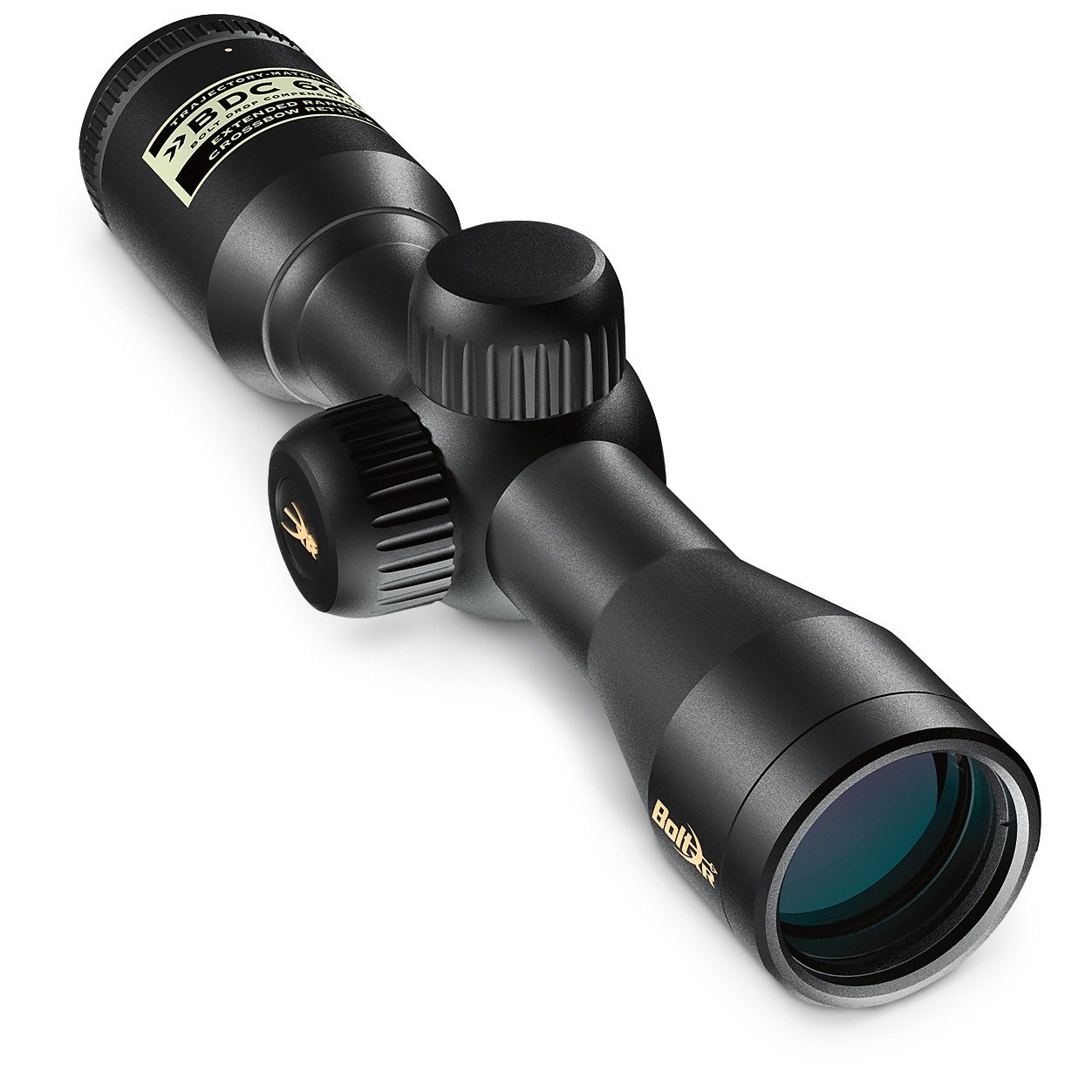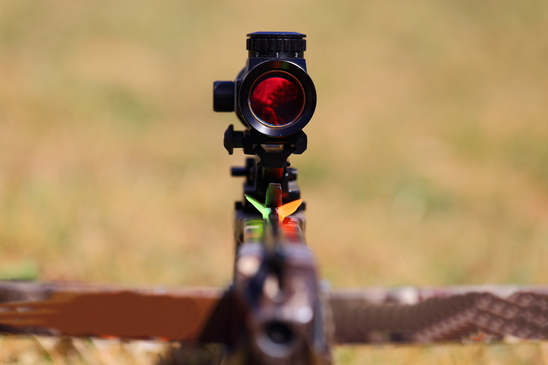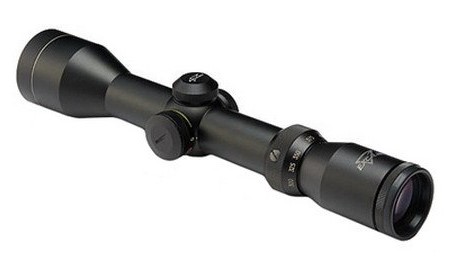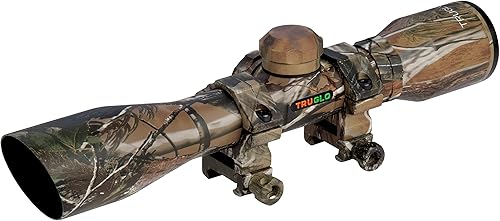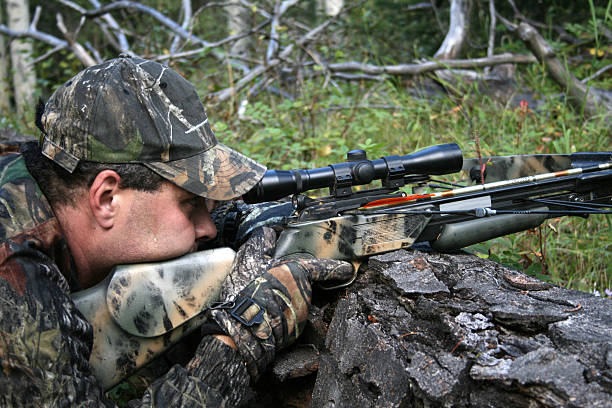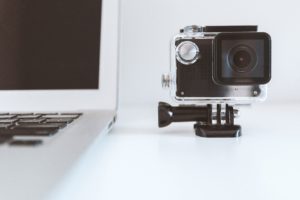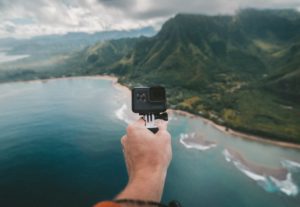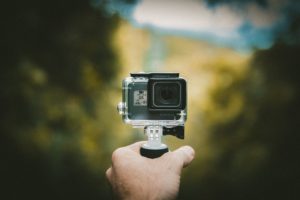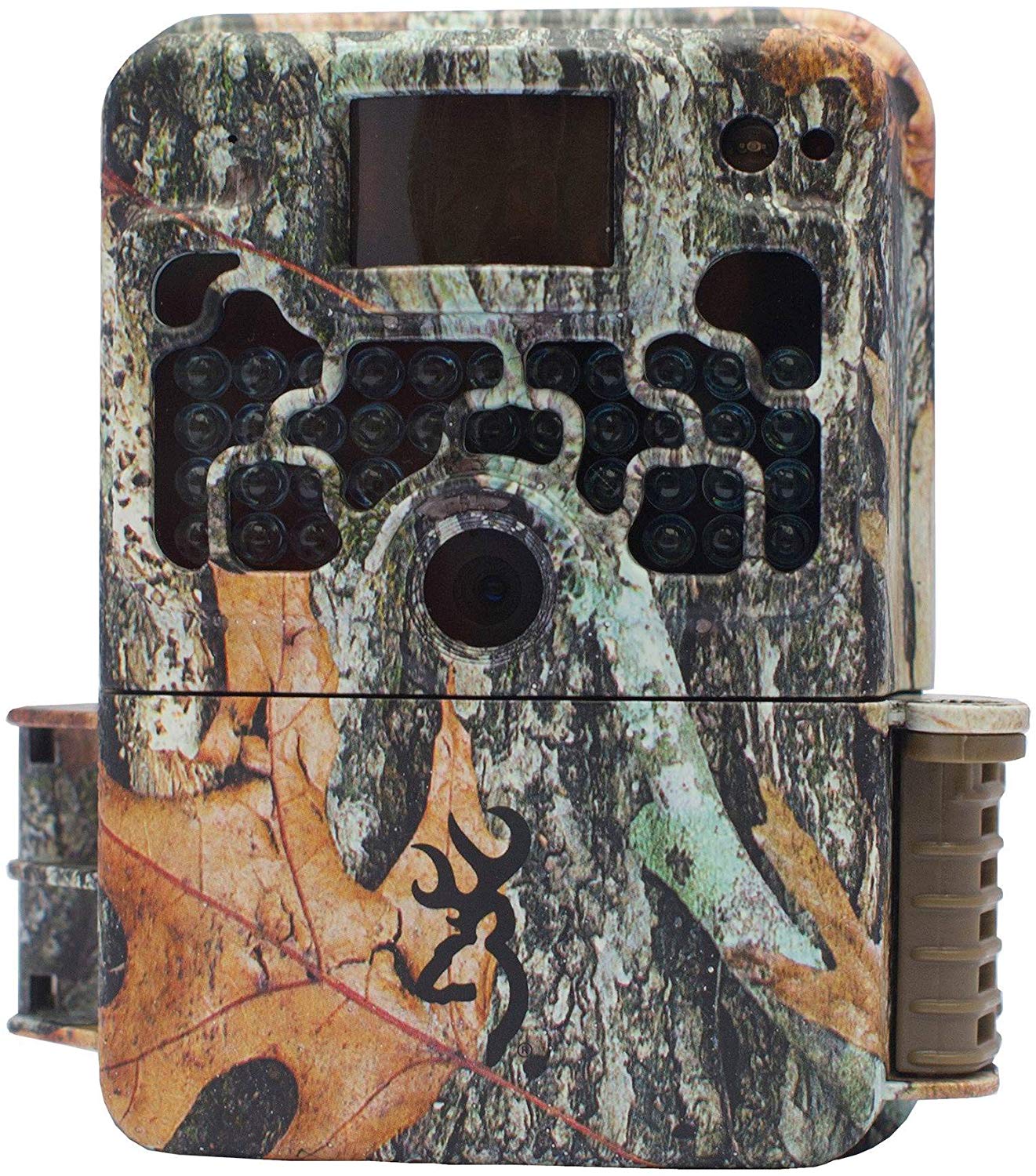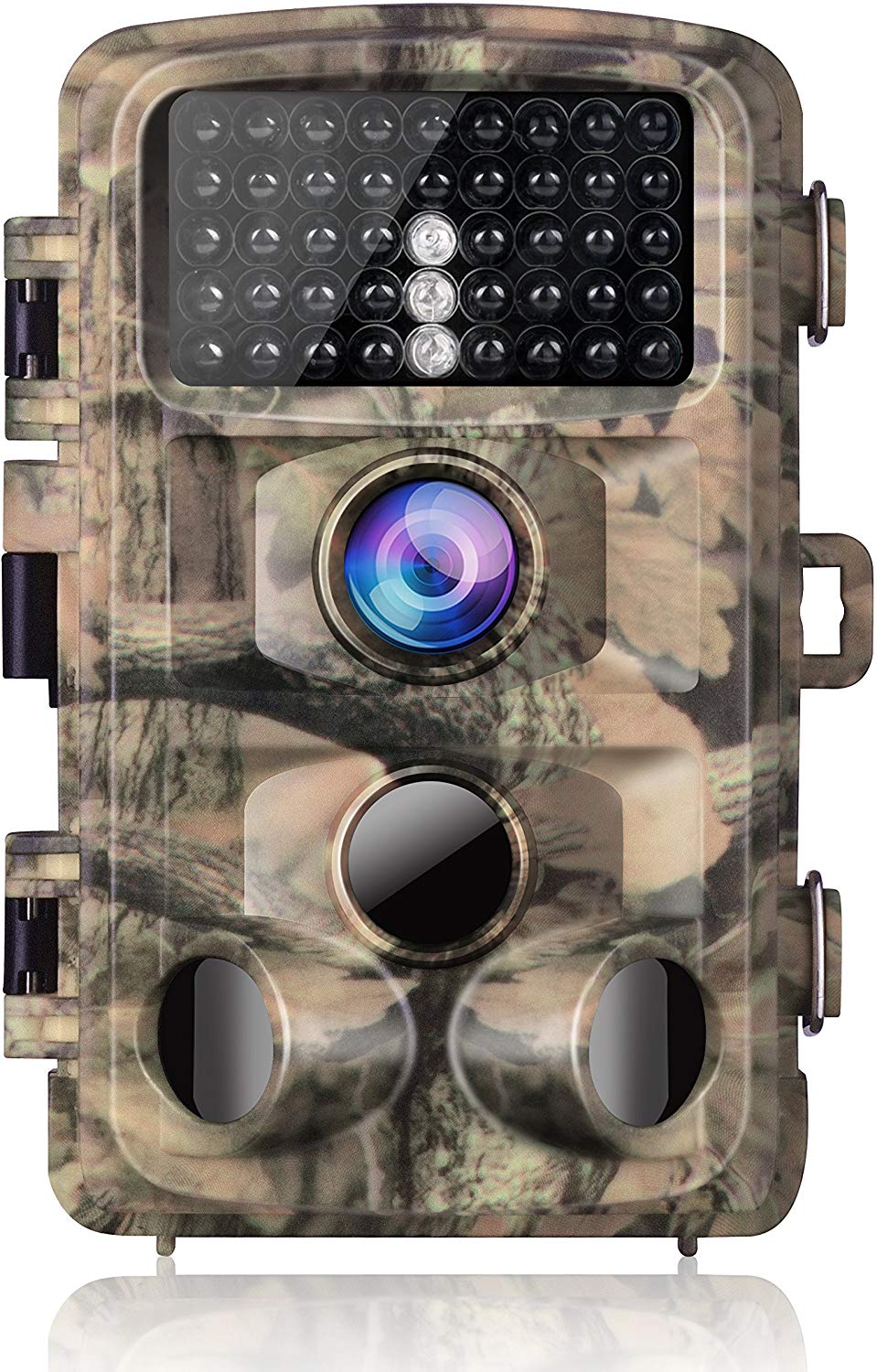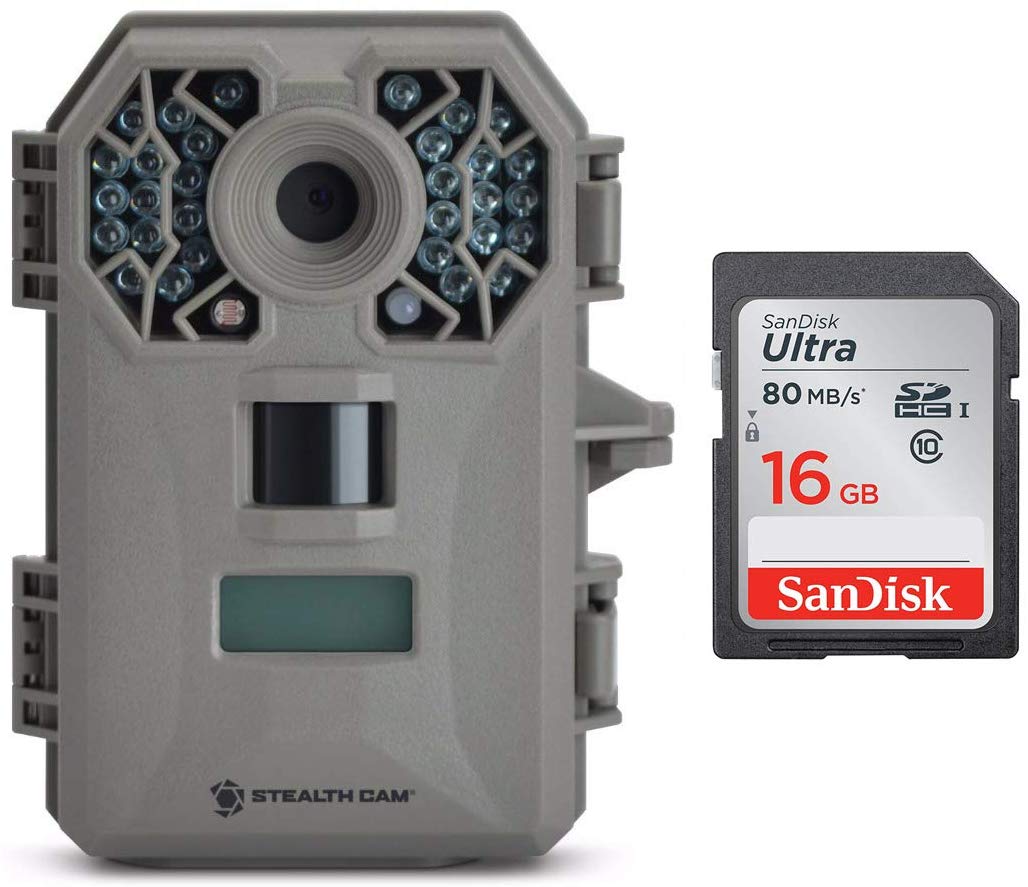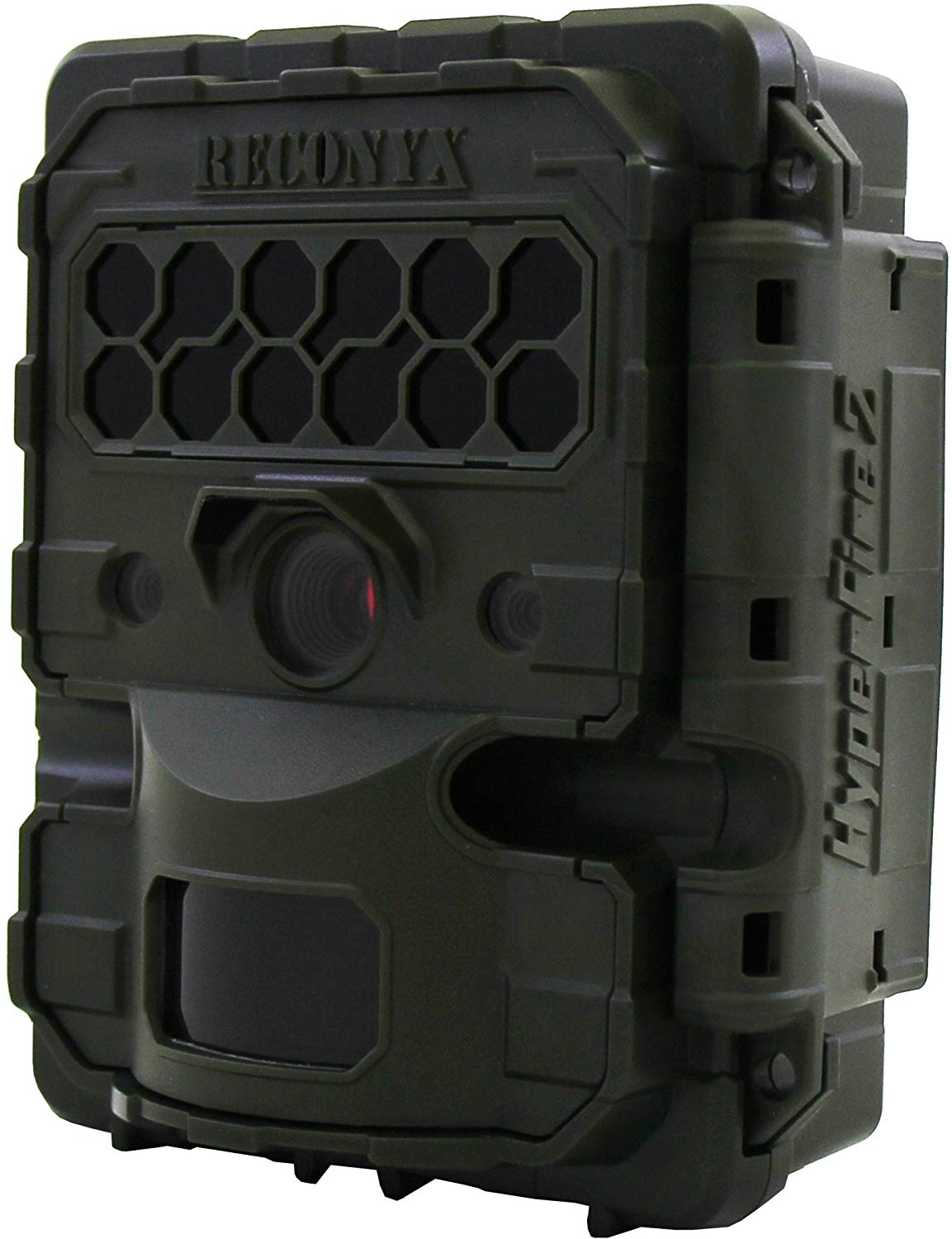It seems like there’s a pair of binoculars for just about every situation and sometimes with intricate pieces of technology infused within. We’ve seen rangefinder binoculars, among other things, but an even lesser-known form of binos is image-stabilization binoculars.
Image stabilization is a very sought after quality among camera fanatics, including those who own DSLR and SLR cameras. We all want our binoculars to transmit the best quality images to us regardless of weather conditions.
While most binos do a pretty good job on their own, these particular binos are specialized to produce some of the world’s best non-shaky images.
Let’s take a look at each of these image stabilizer binoculars:
Fujinon
Fujinon is widely known for producing polaroid film and polaroid cameras. Their entries into the IS-camera market have been met with near-universal acclaim, so let’s explore why.
14x40mm
This 14x40mm pair of binos is more rectangular than your average pair of binos but has some hand grip on the left side to handle them with ease. These particular binos come with 5 degrees of stabilization. In the simplest terms, Degrees of stabilization refers to the level of which the lenses operate to stabilize the image.
Advanced cameras utilize degrees of stabilization with the utmost importance, especially when filming. The Fujinon 14x40mm has received rave reviews because of its ability to display images in the far distance but with maximum stability and image quality.
12x28mm
The Fujinon Techno-Stabi image stabilization binocular offers you a very reliable vibration reduction system. These have a more compact design that allows for easier transport, and the rechargeable battery is included with your purchase.
They are ideal for those looking for the best vibration reduction. They feature a three-degree vibration reduction range and a center focus wheel for focus adjustments. The batteries are long-lasting; they have multicoated optics, a 2.5mm exit pupil, and lightweight construction.
However, the lens is also on the smaller side, and the binoculars are not compatible with camera lenses.
Canon
Canon is a renowned camera maker, so it’s no wonder that they would have many image-stabilization binos.
10x30mm
The 10x30mm model is Canon’s most popular model of IS-binoculars. It differs from other binos like Fujinon’s because it has elongated eyepieces. The eyepieces also flatten images on the edges of your vision, eliminating blurriness that commonly occurs with other binos.
The 30mm lenses utilize the same image stabilization technology that you’ll find on Canon’s line of EF lenses that go on SLR and digital cameras. This technology is battery powered and, in ideal conditions, can last over 8 hours. We don’t recommend taking these in extreme conditions like below freezing temperatures, but they can operate for about an hour.
Canon really went all out with these binoculars, and it’s no wonder they’re so popular. Check out some of the other sizes of image stabilization binos by Canon:
10x42mm
These Canon image stabilized binoculars come with a padded case to keep them safe while you are on the move. The case also comes with a neoprene strap, making it easier to carry and secure. The rain guard for the eyepiece allows you to maintain clear vision. They can also be used in rainy conditions due to the fully waterproof construction.
We like these binoculars; they use a high-quality L series lens, have 10x magnification, offer a great field of view, and boast full weatherproof protection.
14x32mm
With this Canon binocular, you will find lens shifting image stabilization in combination with microcomputer control. All of this allows for sharp and clear images and no color bias. The design of these binoculars is also incredibly ergonomic and fits comfortably in your hands.
They are light in weight and have a compact construction. They have a 32mm lens diameter and offer 10x magnification. You can also get 14x magnification for long-distance focus. They are great for hunting and bird watching.
If considering this model, remember that this is not a waterproof binocular or shockproof, there is no fog resistance, and the price point may be higher than what some are looking for compared to a regular binocular.
12x36mm
If you are looking for superior image stabilization, then these are the binoculars for you. They have a compact design that is easy to hold onto and allow you to maintain a firm grip. The Porro II prism system allows for more clarity and better viewing and makes it easier to zoom in on your target. These binos also feature a 36mm objective lens diameter. The lenses are on the smaller side but still offer you the view you want.
The images are always going to be clear and sharp. They are anti-shake and offer a maximum zoom of 12x. We especially love the field flattener, edge-to-edge sharpness, the power-efficient design, and the fact that it is compatible with Canon EF lenses.
However, we also noticed limited lens compatibility, and they don’t work the greatest in low light conditions.
18x50mm
The Canon 18×50 image stabilization all-weather binoculars were designed for outdoor use. If you need them for more distant viewing, it comes with 18x magnification power and a 50mm aperture. They provide you with an FoV of 65 meters, making them ideal if you are an avid bird watcher or hunter.
You will find extra clarity because of the fully multicoated lens, and the all-weather design makes them water-resistant. However, this particular model is heavier and does not come with a front lens cover.
Zeiss
Carl Zeiss binos may have some of the biggest price tags in the binos world, but that price reflects almost unmatched image quality and handling.
20x60mm
 The 20x60mm pair of binos is the biggest on our list and certainly the most powerful. These 60mm lenses and long eyepieces ensure that you see objects and animals in the distance and to the edges of your lenses.
The 20x60mm pair of binos is the biggest on our list and certainly the most powerful. These 60mm lenses and long eyepieces ensure that you see objects and animals in the distance and to the edges of your lenses.
These binos also give you the ability to “lock-in” an image while you’re looking through the lenses. This feature will really appeal to outdoorsmen like birders who really need their binos to be stable as they analyze features of avians.
The high magnification power of the 20x60mm makes them a good candidate for nighttime viewing as well. Some users have even used the 20x60mm to spot stars at night before getting a closer look with a telescope. So, they are great as astronomy binoculars.
Hooway
Hooway binoculars have been designed to meet military standards. They have been designed to perform highly in varying weather conditions, including extreme rainstorms.
7X50
These Hooway binoculars are considered marine binoculars, offer 7x magnification power, and have a 50mm objective lens. They are completely waterproof and can even float in water. They are nitrogen-purged and fogproof, and highly durable.
The Porro prism system allows for a wider field of view, and the fully multi coated lenses allow for bright and clear images. These image stabilization binoculars also have an illuminated compass built-in for direction location and an internal rangefinder to help determine the distance and size of objects.
The non-slip rubber armor of these binoculars add to their durability and can absorb shock, keeping them safe from damage. It also allows you to maintain a firm grip.
These binoculars allow for a field of view of 396 feet at 1000 yards. The left and right diopter adjustment rings can adjust sharp optics to meet your different vision requirements. They are ideal for many activities, including hunting, boating, bird watching, hiking, and fishing.
Design
Due to the construction process of these lenses, the overall design of the binos is a little different than your average pair of 10x42mm or 8x42mm. They look a bit like rangefinder binos but, in the end, built with image quality and stabilization in mind. The lens sizes are also not the usual size you’d find browsing for normal binoculars, but the kick is getting even better images.
Because the technology for these binoculars is still very new, you’ll see that there are not many of them currently on the market and the ones that will be a bit of an investment.
Besides above-average image stabilization, these binos share many of the same characteristics that apply to all binos:
- The bigger the lens, the more light that is gathered
- The higher the zoom, the more focused an image will be
What Is the Difference Between Active and Passive Image Stabilization?
When looking for image stabilization binoculars, they fall into one of two categories: active and passive. With active image stabilization, you will find electronic sensors that detect movement. The view is automatically adjusted.
Depending on the type of Active ISB system the binos use, they will make prism angle adjustments or shift the lens position. Active image stabilization is good to use on a more stable platform, so hunting and bird watching are ideal activities.
Passive image stabilization doesn’t detect movements made with your binoculars. However, they do create more of a stabilizing effect for images on a more continual basis. They contain an internal gyroscope that reduces body movement. It disengages the prism, making the movements much less influential.
These binoculars should be used in non-stationary positions, like on a boat deck.
What Magnification Should I Look For?
When you choose binoculars for image stabilization, you will come across two numbers. For example, 10×42. The first number is the magnification power level, and the second number refers to the lens diameter and is measured in millimeters.
Larger diameters typically allow for clearer images, but these binoculars can also prove to be much more sensitive and a lot more expensive.
If you will be using your image stabilization binoculars for general use, then 10×40 is sufficient. However, if you want them for bird watching, then 8×42 is the standard so you can view more intricate details. For hunting, we recommend a 7×42 or 10×50, especially for long-range distances. A tripod will be needed to help with shakiness with these higher magnification levels and can help ensure a steadier image.
What to Look for When Choosing Image Stabilizing Binoculars
Now that you have more information under your belt, let’s take a closer look at what to look for when choosing the best image stabilization binoculars for your specific activities.
Aperture
This is the opening in which light passes and enters and has to do with the size of the lenses. The aperture size depends on your use. For regular viewing, an aperture of 36mm is sufficient.
Field of View
This is the total area you can see from your binoculars. It is usually measured in degrees but can also be determined by yards or feet if you are hunting or bird watching. For a wider FoV, look for less magnification.
Lens Coating
To reduce the amount of light that is lost, you need to consider coated lenses. The coating helps reduce any light loss and provides a sharper image.
Weatherproof
If you are using the image stabilized binocular outdoors, and you most likely will be, then how weatherproof they are is a big consideration. You want to make sure the sun and rain, and other elements don’t damage your binos so they can remain functional for as long as possible.
Eye Relief
When we talk about eye relief, we are talking about the distance from the eyepiece lens’s outer surface to the eyepoint. Eye relief is an especially important factor to consider if you wear eyeglasses. Long eye relief allows you enough room to have the binoculars the right distance from your eyes, even when you are wearing your glasses.
Conclusion
As you can see, there are several good choices when it comes to the best image stabilized binoculars on the market today. When choosing your next pair, consider the activity you will be doing and then look for high-quality optics, solid construction, and the best image stabilization system. Also, keep in mind, these binoculars will cost more than conventional binoculars, so keep your budget in mind as well.

















